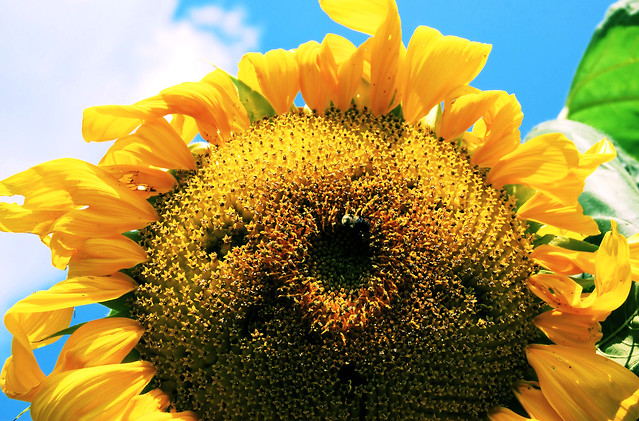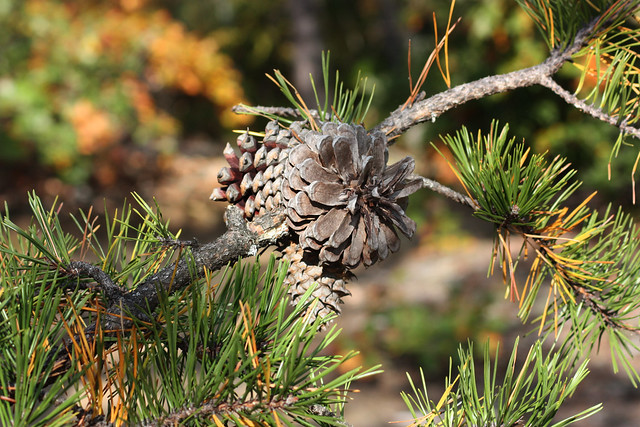So what does Pi Day have to do with Virginia State Parks? Just a quick reminder about the relationship of math to nature using another math concept Phi Φ.
The spiral growth of seashells is an example of Phi or the Golden Ratio
Like Pi's 3.1415926, Phi can be represented by a numerical sequence: 1.6180339887. Both numbers represent geometric relationships. (Read more about Phi here). But Phi can also be derived from a quadratic equation and from a series of numbers known as the Fibonacci sequence and referred to the Golden Ratio. It has been used in art, architecture, design, photography, music, and can be seen in many proportions of the human body including DNA.
In nature, it can be seen in the petals of many flowers: lilies, buttercups, daisies, roses.
The petals in a daisy total a number in the Fibonacci series
Beyond the petals, seed heads also follow the pattern. Seeds start forming in the center and move outwards. The sunflower is a great example.

You can see spiraling patterns in pine cones, pineapples, artichokes and cauliflower, all related to Phi.

The seed pods of a pinecone feature two spirals opposite from each other and
matching adjacent numbers in the Fibonacci series.
The Fibonacci series can also be seen in the way tree branches form along with root systems, and the ordered position of leaves on a stem.

The golden ratio can be seen in the way branches form
The best thing – you don't have to understand Phi to see the beauty in nature but it does give another dimension to the concept of math.
Watch this video for more details:
